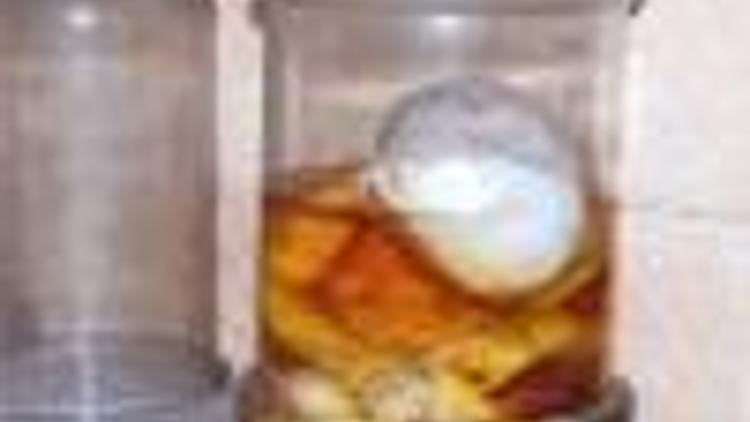Turkey’s first pharmacy museum’s pieces decay
Güncelleme Tarihi:

ISTANBUL - Turkey's first pharmaceutics history museum opened in 1960 as part of Istanbul University, but was seriously damaged in the 1999 Marmara earthquake.
Turkey’s first museum of pharmaceutics history has been left to its fate since the earthquake in the Marmara region Aug. 17, 1999. The museum’s items, which have rotten away in packages in depots at Istanbul University, or IU, Faculty of Pharmacy, are the heritage of Professor Turhan Baytop, who has paid visits to Anatolia for more than a half century and gathered thousands of plant species. He is also known for his books on medicinal plants.
According to information provided by the IU Faculty of Pharmacy Dean Afife Mat, Turkey’s first pharmaceutics museum was set up on the ground floor of the faculty in 1960. The museum displayed Baytop’s personal collection, and enriched thanks to contributions from famous pharmacists at the time. The museum opened to visitors May 7, 1968. Among nearly 3,000 items displayed were drug jars, tools related to pharmaceutics, old medicines, diplomas, group photos, and signboards of pharmacy schools.
But when the earthquake damaged the faculty in 1999, the museum was evacuated and items were removed. Mat said she folded each item in papers and carried them to the university’s archive building with her assistants.
"I placed the most valuable ones in a small room. During restoration work, we were told there was no need to move packages and I went away on holiday. When I returned I saw that all the boxes had been randomly put in archive buildings and they have remained there for many long years," she said.
Museum named after Baytop
Mat said she wanted to establish a new museum named after Baytop before she retired and that she has reserved space on the faculty’s upper floor. But the items are being kept on dusty shelves and should be restored for the opening of the museum, she said, adding that 40,000 Turkish lira were necessary for restoration of 41 historical cages.
"It is impossible to carry out the restoration by using the faculty’s own budget. We need external help. An organization might be done with the help of the Istanbul Pharmacist Chamber."
She also called for all pharmacists to contribute to the museum. "I call for pharmacists to preserve this cultural heritage. I ask them to bring us documents and items related to pharmacy. Some people sell such things to antique dealers or junk collectors but they are very important things that keep the history alive. Each item donated to the museum is registered," she said.
Mat drew attention to the importance of pharmacy museums abroad. She said representatives asked her to provide a contact address and Web site for the museum, but that she could not reply to their request.
Turkey’s largest one
She said once opened, the museum would be Turkey’s largest pharmacy history museum and receive much attention from foreigners. "I attended the World Pharmacy Congress in Seville a few months ago, and gave a presentation about the history of Turkish pharmacy museums. It received much attention because museums are attached great importance abroad. I didn’t tell them that our museum was a victim of an earthquake. Foreign professors want to see the museum but I passed over this request," she said.
Who is Professor Turhan Baytop?
Professor Turhan Baytop graduated from the Istanbul University Faculty of Pharmacy in 1945. He carried out research on Turkey’s medical plants, flora and the history of Turkish pharmacy and published over 300 books and research papers. He was also interested in botany and researched the history of the tulip and the rose.
Starting from 1943, he visited Anatolia 175 times and collected samples of more than 10,000 plant species. Thirty of them were edible. He added seven types of plants to the world’s literature.
His last visit to Anatolia was in 2000 when he was 80. He went to Elazığ’s Harput, and photographed a rose, which he named "Harput Rose" (Rosa laxa Retzius var.harputensis) in memory of his father. He created a botanic garden in his house in Istanbul’s Maltepe district. He died in 2002.
His books include "Türkiye’de Bitkiler İle Tedavi" (Treatment with Herbs in Turkey), "The History of Turkish Pharmacy," "Istanbul Lalesi" (The Tulip of Istanbul), "Türkçe Bitki Adları Sözlüğü" (The Dictionary of Turkish Plant Names) and "Anadolu Dağlarında 50 Yıl" (50 Years on Anatolian Mountains).

